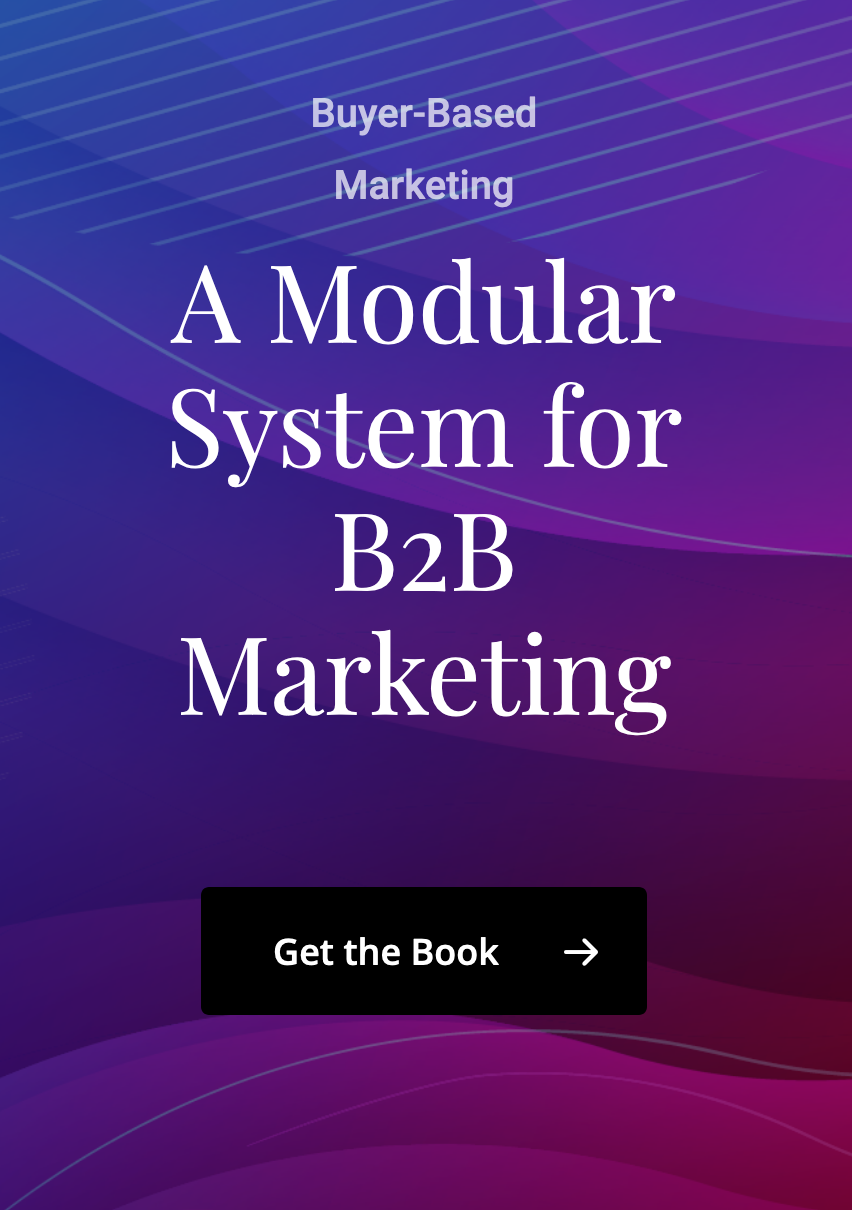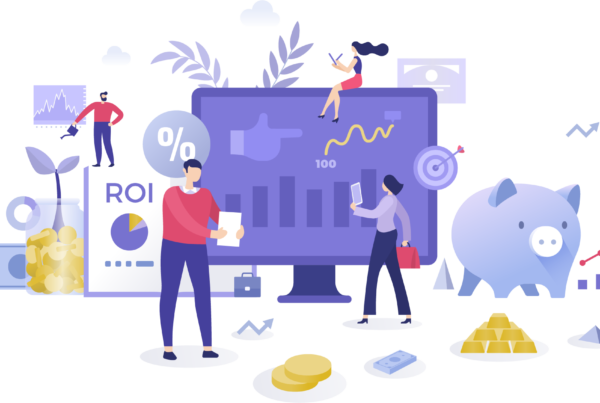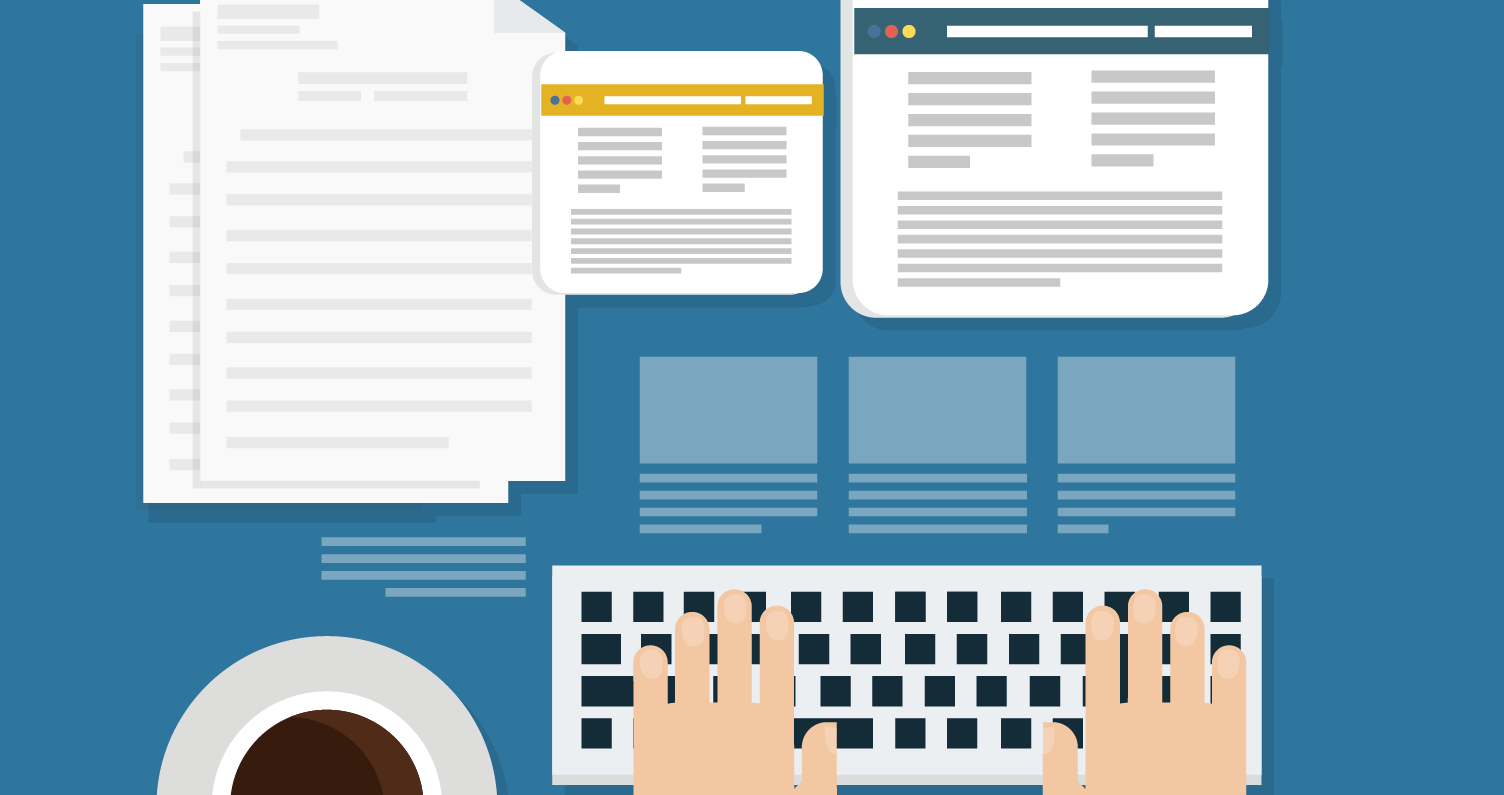Define and Understand
You need to be aware of your product strengths and weaknesses. Every single company I have ever worked for gets caught up in the thought that they are doing it better, their products are, and people around the world purchase them because they know that the products are the best. This is never true. Ever.
Just like a buyer profile, you will need to profile your products – and like everything else in this book – doing so will make your job of creating and distributing valuable content to specific people easier. If you’re not getting it yet, this whole system is just like college, and you’ll get out of it exactly what you put into it – nothing more and certainly nothing less.
(The Google Sheet is available here: Identifying Your Product)

The pieces of information that I like to compile are:
List of Benefits
I list the most important benefits that come to mind. A benefit is not a feature; instead, it is a purpose for the product or service, what problems does it solve, or what were the ideas behind the design. Benefits will be the driver behind most value propositions, and they are essential components when creating marketing messages. I like to make sure I keep in mind that each feature should create one or more benefits, and each benefit should be reliant on one or more features.
List of Weaknesses
The importance of being honest and understanding your faults will allow you to prepare better salespeople and marketing messaging for the buyer hesitations discussed elsewhere in this book. Weaknesses are a hard pill to swallow, especially if you and your company tend to believe that you are the best all around. Listing weaknesses also can create internal fear – some people will think you’re negative. Don’t listen to the nonsense, list these out truthfully and you can gain insight into what you should and should not be leading with from a messaging standpoint.
List of Most Useful Features
A list of most useful features is similar to benefits, but benefits are what a feature does, features are what a product or service has. The list of features will help you create content in the future. I like to develop comprehensive feature lists from the onset of product development for a variety of reasons. The list you create here will help you understand your benefits, unique selling points, and how you stack up to the competition.
Unique Selling Points (USP)
Unique selling points are the features, benefits, or attributes that make your product or service unique in the industry. These will be used with everything else in the list to create a single value proposition for the product itself. A USP is not a reason to buy, although it can sometimes be considered one. It is instead something that your company, product, or another joined company creates that is unique in the marketplace. If you offer superior logistics, unsurpassed quality, or something else that makes you genuinely different, they need to be noted and explained as a part of the value that you provide to customers.
Value Proposition for the product as a whole
Creating a value proposition is never easy, and a good part of the book is written about preparing for a good value proposition. Your product value propositions will not entirely take into account the buyers that you are targeting, but rather give you a good statement about the product itself. The product value proposition is what you use on your website, sell sheets, or catalog when you are presenting your products independently of any other criteria.




